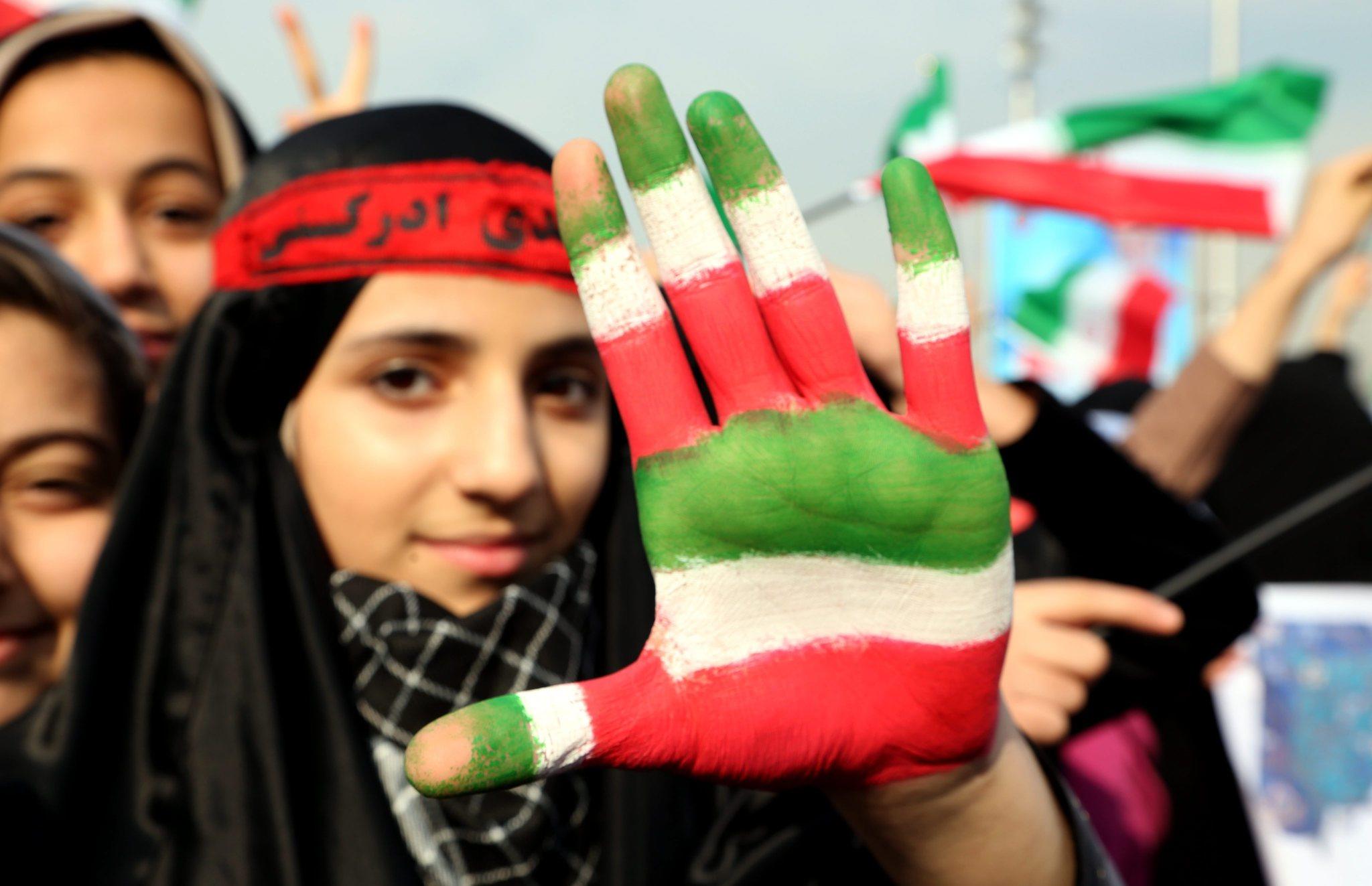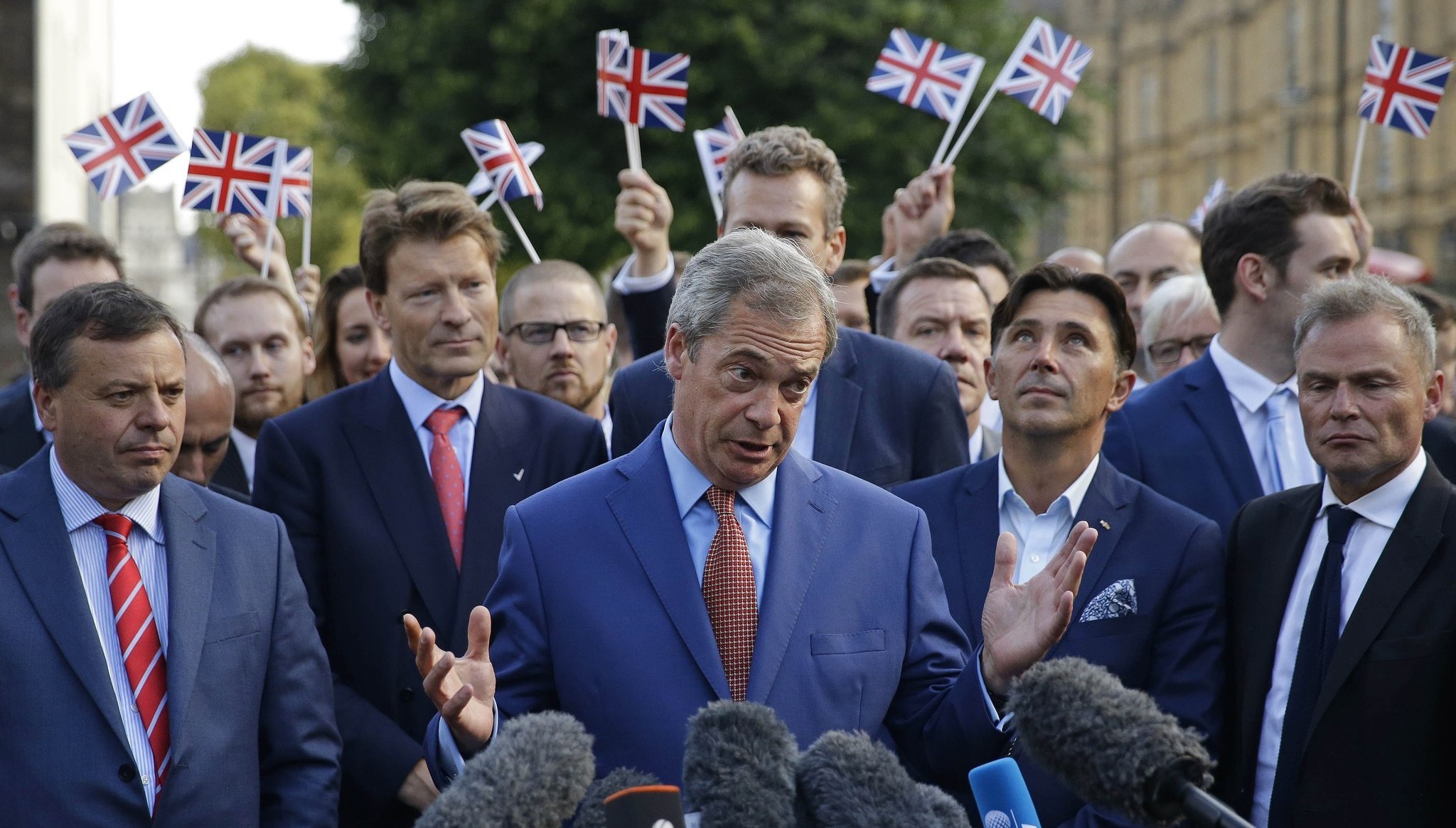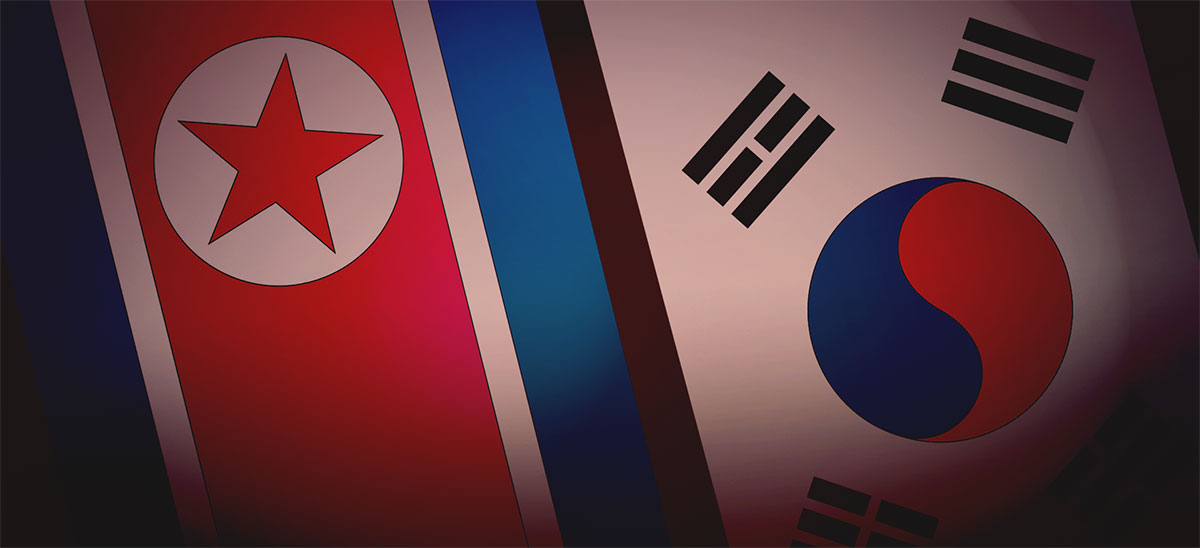
[authorbox authorid=”80″ title=”The Author”]
Thirty-nine years ago, the Islamic Republic of Iran appeared on the political map of the world. And what is modern Iran? Will the President of the United States Donald Tump start war with Tehran? And why, despite all the difficulties, Russia and Iran still manage to find a common language?
Since February 11, the country celebrates “Ten days of dawn” – the beginning of the Islamic revolution, which resulted in the displacement of the mighty Iranian Shah by the “living deity”, “Allah representative on earth ” – Imam Khomeini. As a result of the revolution, the homeland of Zarathustra became the first Islamic Republic in the world with a unique form of government, which top is taken by religious figures – Ayatollahs. The country was completely transformed, almost uprooted and replaced by a new political entity with Khomeini`s heavy hand and iron will.
February in Iran is the time of endless holidays. Thousands of meetings are held in different cities of the country. Crowds of people with flags in their hands chant slogans in support of the Islamic revolution and the great Imam. The processions involve the military, the bureaucracy, and the front rows are taken by “connoisseurs of life”, “keepers of the secret knowledge”, that is those who possess the true power – the religious leaders.
Photographers from the state media skillfully find children with portraits of the country’s leaders. An effigy of the US President Donald Trump is burned in the streets. Special people wrapped in the flag of Israel represent the «universal evil». Real-size сartons with the image of the Iranian “living legend” – General Qasem Soleimani, who is fighting with with ISIS, with the USA and all other enemies of Iran in different parts of the East. In short, it is Iranian holiday.
Khomeini arrived in the country in early February of 1979. He was met by a huge crowd in Tehran. The leader of the revolution gave a fiery speech calling to displace the Shah and plunged the last nail in the coffin of secular Iran. Ten days later, the regime collapsed, the Shah left the country and the Islamic revolution won. This is what the Iranians celebrate on these days.
“Islamic October”
Meetings in the Middle East are unlikely to end in something good. However, the mass protest is the tip of the iceberg, the cherry on the cake, which is preceded by a time of wandering and searching of the masses.
Iran is a separate and very special story. It has always stood apart. If someone says that they know this country, bear in mind that you see a swindler and a crook. No one knows Iran perfectly well.
Let us imagine this country on the eve of the revolution. Saying that the absolute majority of the population was against Shah is saying nothing. The Iranians hated Mohammad Reza Pahlavi. Well, all but the top military, the big bourgeoisie and, of course, the Shah’s court and relatives were against the monarch. Corruption hit all segments of the population and nepotism became commonplace and quite normal (however, the Shah disappeared, but nepotism remained).
[button color=”red” size=”big” alignment=”none” rel=”follow” openin=”samewindow” url=”https://www.vocaleurope.eu/?s=iran”]Curious for More?[/button]
There widespread westernization of all spheres of life was overwhelming. Pornography had infiltrated the country, causing discontent among the conservative segments of the population. Iranian society was secular at that time, copying the Western format of society. Meanwhile, the Shah was sympathetic to the pagan past of ancient Persia, often giving it as an example. In parallel, there was a different Iran. It was the Iran of the ayatollahs and mosques. Islamic clergy did not like the Shak innovations, they understood that modernization leads to loss of influence. Foreign corporations, primarily oil corporations, took root in the country. And the discontent of the influential social group “bazari” – thousands of merchants and owners of commercial properties –only increased.
There was enormous inflation. Stories and legends about the cruelty of the Shah’s secret police SAVAK spread throughout the country. Hundreds of thousands of political prisoners were in detention centers and prisons. In addition, a few years before the revolution, the country had gone through a series of rallies that were severely dispersed by the authorities.
That was the Iranian reality on the eve of the revolution. At the same time, numerous opposition groups – left, right, Communists, Islamists, the TUDE party, the organization of Mujahideen and God-knows-who operated underground in the country. However, the most successful were the Mullahs-Shiite clergy, who agitated against the Shah in mosques. Imam Ruhollah Khomeini was their leader.
No one likes revolution.
In fact, Iran did not become the first Islamic Republic in 1979. Before the revolution in the Near East and Middle East, there were two countries focused on the Islamic form of government and social life – Saudi Arabia and Pakistan.
But the importance of the Islamic revolution is different. In its significance for the Islamic world, the coup in Iran is similar to the Great October revolution. Clergy came to power and proclaimed the principle of religious rule – ” Vilayat-e Faqih”. The authoritarian rulers in the Arab countries were shown an alternative – a revolution in Islamic colors. The reaction outside the region was also negative. The Islamic Revolution was not supported by anyone. Mullah’s power was not beneficial to anyone: neither the authoritarian rulers of the East, nor the atheists in the USSR, nor the United States, which had allied relations with Shah.
But it was not interesting to the Ayatollah and the Iranian people. The Islamic revolution swept away the monarchy and drove Shah away. Many people left the country, the notion of “Iranian Diaspora in Los Angeles or Paris” appeared. By the end of the revolutionary year, a new Constitution had been adopted that proclaimed an Islamic form of government and Republic. The meaning of the new state was reduced to a complex and mystical formula. Republican form of government, elections, Parliament, institutions and the President – on the one hand.
On the other hand, the clergy are at the top of the system. Shiite mullahs, as if possessing secret knowledge, are the representatives of Allah on the earth and that is why they must rule before the arrival of the Mission. The power of bearded ayatollahs and the elderly as iа envelops and embraces Western institutions, looks after and directs them. At the top of the incomprehensible for the Russian and Western layman system is Rahbar, that is, a spiritual leader. He is the essence and meaning of this system. The first Supreme leader of revolutionary Iran was Khomeini and after his death in 1989, his colleague Ali Khamenei, who heads Iran today.
The new authorities established a substantial punitive apparatus, the organs of dealing with disgruntled and guardians of “revolutionary victories” Everything is in compliance with theory. During the early stages after the revolution, Iran was a rigorous authoritarian state. The new authority Islamic revolutionary guard corps (IRGC) and the Basij became the instruments with the help of which the clergy extended their power. Post-revolutionary Iran became a paradox, a reverse side of all Eastern regimes. Authoritarian secular dictators in neighboring countries suppressed Islamic opposition. Iran did the opposite. The Shiite clergy imposed an Islamic form of social existence, suppressing secular elements of society. And the people, in general, was not strongly against it. They were fed up with Shah, Westernization (especially as it was unsuccessfully put into practice) was hated by most of Iranians.
From the very beginning, the new regime was built on tough anti-Western, anti-Israel dogmas. The USA was called the great Satan, the Soviet Union – the little one. And in November 1979, there was an apogee of unrest – Iranian protesters, violating all conceivable points of the Vienna Convention, seized the US Embassy in Tehran and held about 60 people for more than a year..
New colors of the Islamic revolution
Watching Iran, it is necessary to compare the country not with far away Switzerland or Australia. This way the picture seems somewhat superficial. Analyzing the successes and failures of Tehran, it should be compared with its neighbors. After all, countries live in their regional microsystems. What is common in the Middle East may seem a wildness in Eastern Europe or South Asia.
Over time, the new Iran was changing. That is the country that can learn from its mistakes and the intelligence is its apparent feature. As they say in the East, an Iranian in the desert will lose anyone (how can one get lost in the desert?). Over the years, the regime was changing, significantly softening, acquiring new formats and mechanisms of communication between the upper and lower reaches. The country showed some success in science, education, technology, medicine and partly in the economy. Iran has established a system of elections at all levels. The Parliament began to work, which was a strange thing for the Middle East.
Compared to its neighbors, the Arab monarchies of the Gulf and the dictatorships of the region, the Islamic Republic does not look bad at all. Iran began to produce cars, medicines that flooded the cities of the East. In terms of GDP, Iran became the leader of the Islamic world, after Turkey, however.
The country became independent in foreign policy, which became a balm for the arrogant Iranians, proud of their being ancient. However, the coin, as you know, has two sides. Iran is a very big country and after the revolution it acquired great enemies. The Islamic revolution has become a challenge for the countries of the region, Arabs and Turks, military and secular dictators. The germs of hatred to the Iranians appeared in Arab capitals, who remembered the religious differences. In Iran, the positions of Islamic fundamentalists strengthened, the ideology constrained the country, freedom of speech was limited by Islamic dogmas. Tehran began aggressive exports of the revolution, trying to strengthen its position in neighboring countries. Over time, a small stratum of intellectuals emerged in the country, for whom the Islamic revolution and the rule of the clergy became unbearable. Anything at all, but enemies were numerous in Tehran.
Russia, Trump and Iran
Relations between the USSR and the new Republic were not that good. But it is a matter of bygone years. Modern contacts between Moscow and Tehran are a much more interesting topic. Iran is one of the few large countries in the world with which Russia shares positions on many global issues of the world order. For example, since the first days of the Syrian civil war, Tehran and Moscow have taken a similar position, supporting official Damascus.
***
Iran and Russia oppose international terrorism in the face of Sunni organizations of ISIS and al-Qaeda (they are banned in Russia). Finally, both Tehran and Moscow are in the regime of Western sanctions. Moreover, the United States and the EU adopted much more stringent restrictive measures against Iran. Moreover, the positions of Russia and Iran regarding the policy of the United West very often coincide. Moscow often stands up for Tehran in the high stands of world diplomacy.
However, Russian-Iranian relations have never been simple and unambiguous. Almost every point of cooperation has nuances that make cooperation very complex and not always smooth. There is a great amount of reasons for it. But one of them prevails over all the others. Russia sees itself as a superpower with global interests in the middle East and Central Asia.
Iran has a rather aggressive foreign policy and it is a regional superpower. No one wants to concede and the contradictions between the two countries often arise on the basis of the greatness and interests of Moscow and Tehran. Despite the official statements of the foreign Ministries of both countries, the relations between Russia and Iran cannot be called a strategic partnership. But, oddly enough, such a character of difficult partner and even allied relations seems normal. These two countries are too complicated.
In recent years, it seems that everyone has started to forget about Iran, but the head of the White house did not allow this to take place. Donald Trump started up famously, right off the bat. Taking a tough anti-Iranian position, the owner of the Oval office managed to accuse Tehran of supporting terrorism and threatened ше with war.
To put it mildly, Trump never showed sympathy for Iran. His campaign rhetoric was filled with anti-Iranian thesis. Tehran was accused of all the problems of the Middle East. Moreover, Trump gathered around exclusively anti-Iranian politicians such as Pentagon chief James Mattis, CIA chief Mike Pompeo or Secretary of State Rex Tillerson. And Israeli and Arab lobbyists received a green light in the promotion of anti-Iranian sentiment, pushing the United States to tighten its positions.
After the Islamic revolution, anti-Iranism became an integral part of the ideological views of a part of American establishment. And this is understandable. Washington slept through the revolution, lost the most important and oil-rich ally in the Middle East. On the eve of the coup, the CIA warned that Iran has no preconditions for revolution and Shah holds power firmly. Washington did not even know about Pehlevi’s deadly disease, his depression and serious psychological condition. Moreover, Iran almost always carried out an aggressive policy directed against US interests in the region.
Thus, nothing new can be expected in this direction. Trump administration will pursue a tough anti-Iranian policy. Despite the bellicose statements made from Washington, the direct military actions of the United States still will not do. Iran is not Iraq, although some American politicians still do not understand it. About 80 million people live in the country. Tehran has perhaps the strongest armed forces in the region and millions of ideologized Shiite fanatics are ready to give their lives for the “ideals of revolution”. In addition, Moscow and Beijing are unlikely to remain aloof, and to allow the US to deal with Iran.
***
No matter how everyone would react to the Islamic revolution, but it became a kind of stage of development of the ancient history of Iran-Persia. The Islamic revival in the 1970s and the growing role of religion influenced events in many countries of the Middle East. And Iran is not an exception. Western policy in Iran has set the population not only against the US and Britain, but also against their “representative” – Shah. Thus, by 1979, Iran was ill with revolution, Islamic in particular. Over time, the rigorous totalitarian regime was changing.
Nowadays, it is a mixture of tough authoritarian clerical regime with elements of restricted democracy. The weakness of modern Iran is the economy and ideological limitations of the ruling class. Moreover, in one way or another, the doctrine of the Islamic Republic is partly a generator of Shiite fundamentalism. On the other hand, Iran is not to be envied, this country is surrounded by many enemies who have if not the destruction, then weakening of Iran as their goal. At times, Tehran gives pretexts for that.
However, one can say with certainty: the Islamic revolution has brought to light a unique regime with its flaws and positive sides. The revolution of Khomeini gave birth to a country that pursues aggressive, independent foreign policy. It’s kind of an experiment that’s interesting to watch. And Iran’s neighbors sometimes are painful to watch.



